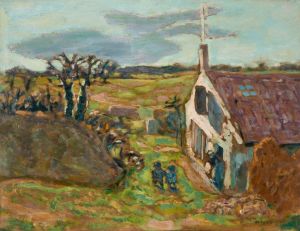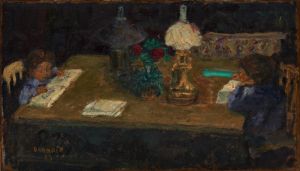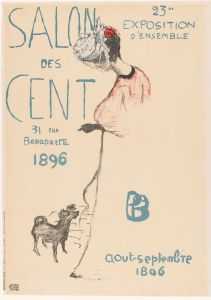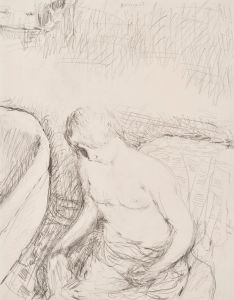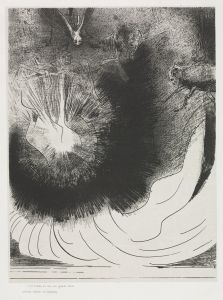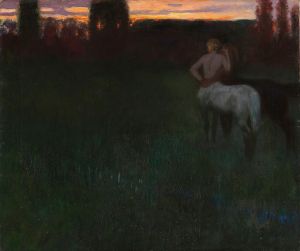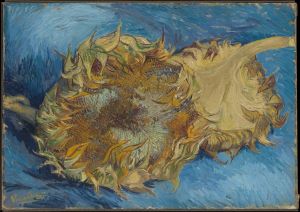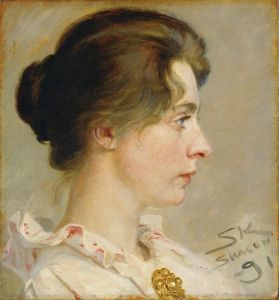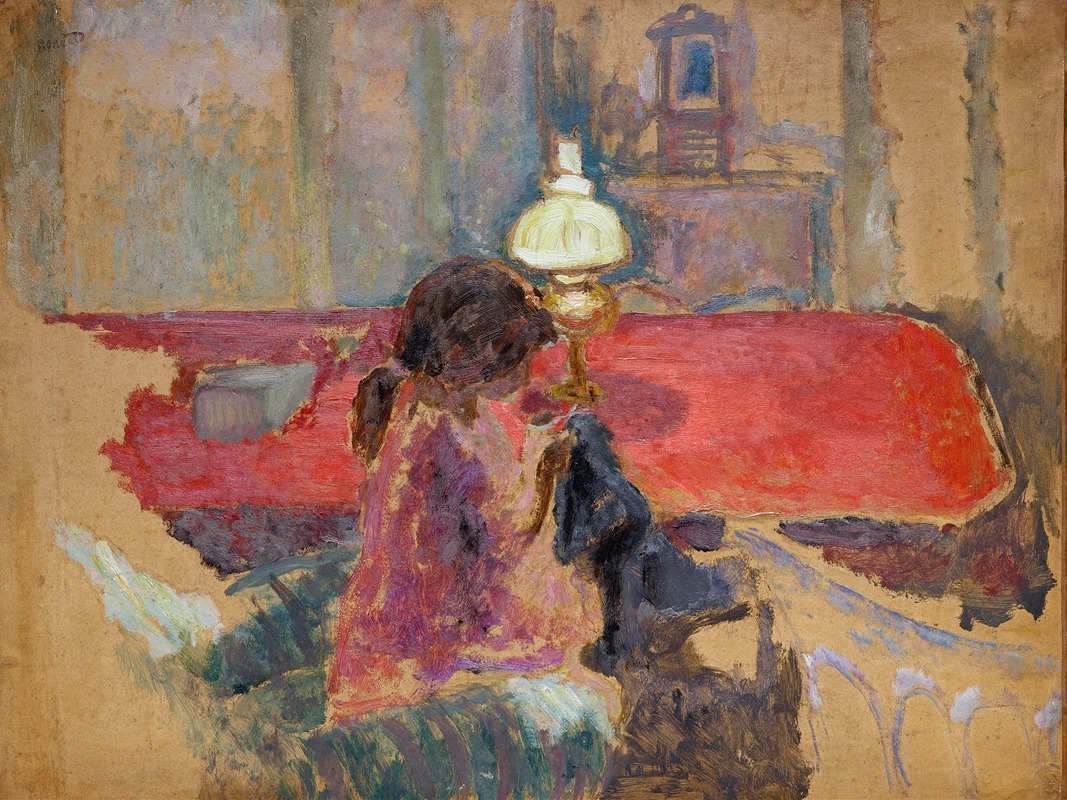
Woman with a Lamp
A hand-painted replica of Pierre Bonnard’s masterpiece Woman with a Lamp, meticulously crafted by professional artists to capture the true essence of the original. Each piece is created with museum-quality canvas and rare mineral pigments, carefully painted by experienced artists with delicate brushstrokes and rich, layered colors to perfectly recreate the texture of the original artwork. Unlike machine-printed reproductions, this hand-painted version brings the painting to life, infused with the artist’s emotions and skill in every stroke. Whether for personal collection or home decoration, it instantly elevates the artistic atmosphere of any space.
"Woman with a Lamp" is a painting by the French artist Pierre Bonnard, a prominent figure in the Post-Impressionist movement. Bonnard, known for his vibrant use of color and intimate domestic scenes, created this work in 1909. The painting exemplifies his characteristic style, which often involved capturing the nuances of everyday life with a focus on light and color.
Pierre Bonnard was born in 1867 in Fontenay-aux-Roses, France. He was a founding member of the avant-garde group Les Nabis, which included artists like Édouard Vuillard and Maurice Denis. This group was known for its emphasis on the spiritual and symbolic aspects of art, often using bold colors and simplified forms. Bonnard's work, however, evolved over time to focus more on the effects of light and the subtleties of color, setting him apart from his contemporaries.
"Woman with a Lamp" is a testament to Bonnard's fascination with light and its interplay with color. The painting depicts an intimate interior scene, a common theme in Bonnard's work. A woman is shown holding a lamp, which serves as the primary light source in the composition. The lamp's glow creates a warm, inviting atmosphere, casting soft shadows and highlighting the textures and colors of the surrounding environment. This use of artificial light to create mood and depth is a hallmark of Bonnard's mature style.
Bonnard often used his wife, Marthe de Méligny, as a model for his paintings, and it is likely that she is the subject in "Woman with a Lamp." Marthe was a significant influence in Bonnard's life and work, frequently appearing in his domestic scenes. The intimacy and familiarity between the artist and his subject are palpable in the painting, adding a layer of personal connection to the work.
The composition of "Woman with a Lamp" reflects Bonnard's interest in Japanese prints, which he admired for their flat planes of color and unconventional perspectives. The painting's composition is carefully balanced, with the lamp serving as a focal point that draws the viewer's eye. The surrounding elements, such as furniture and decorative objects, are rendered with Bonnard's typical attention to detail and color harmony.
Bonnard's technique involved layering colors to achieve a luminous effect, often working from memory rather than direct observation. This approach allowed him to emphasize the emotional and atmospheric qualities of a scene rather than its literal representation. In "Woman with a Lamp," the interplay of light and color creates a sense of warmth and tranquility, inviting the viewer into the quiet, contemplative world Bonnard so often depicted.
"Woman with a Lamp" is housed in the Musée d'Orsay in Paris, which holds a significant collection of Bonnard's work. The painting is an excellent example of Bonnard's ability to transform everyday moments into scenes of beauty and introspection, capturing the essence of his artistic vision. Through his masterful use of color and light, Bonnard invites viewers to appreciate the subtle beauty of ordinary life, a theme that resonates throughout his oeuvre.





